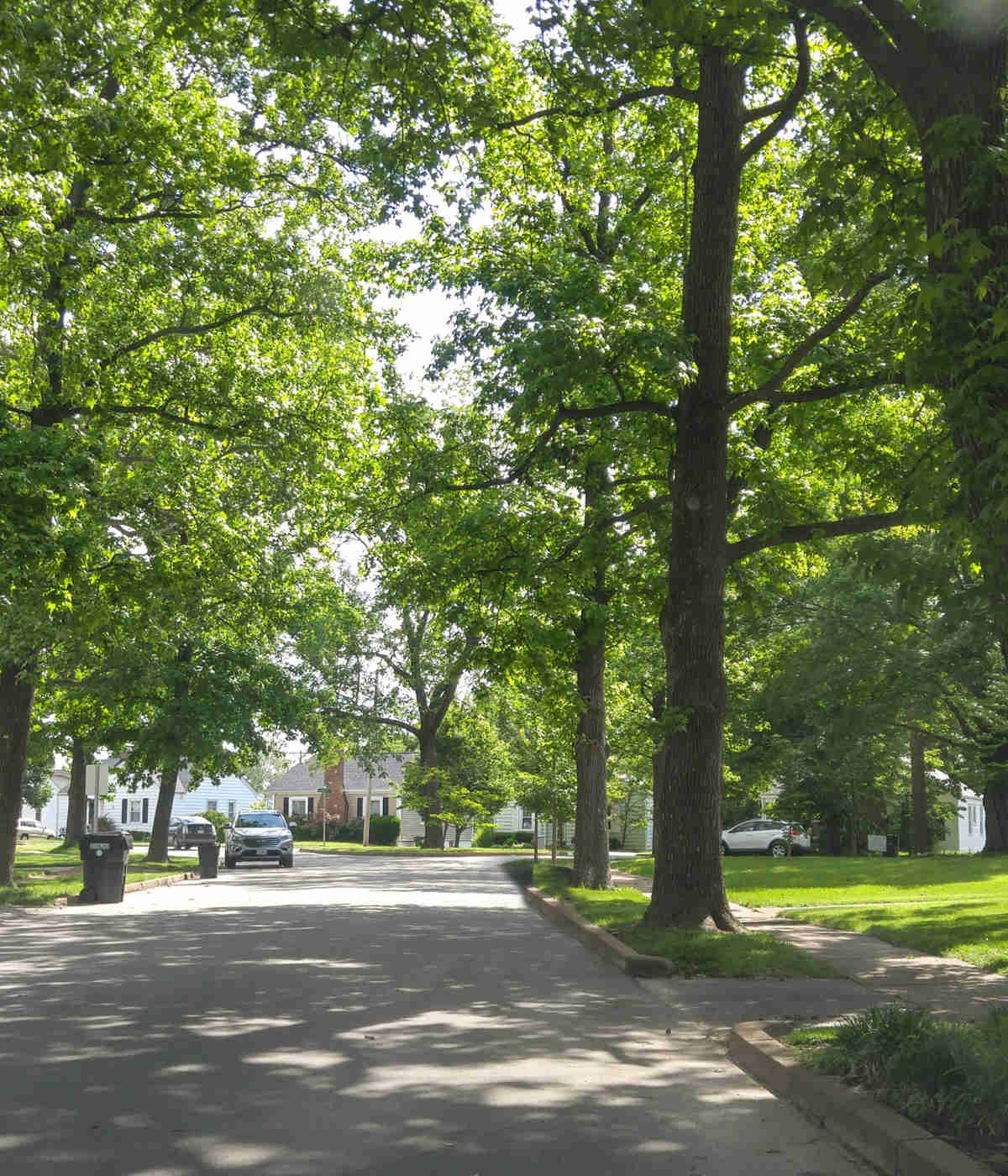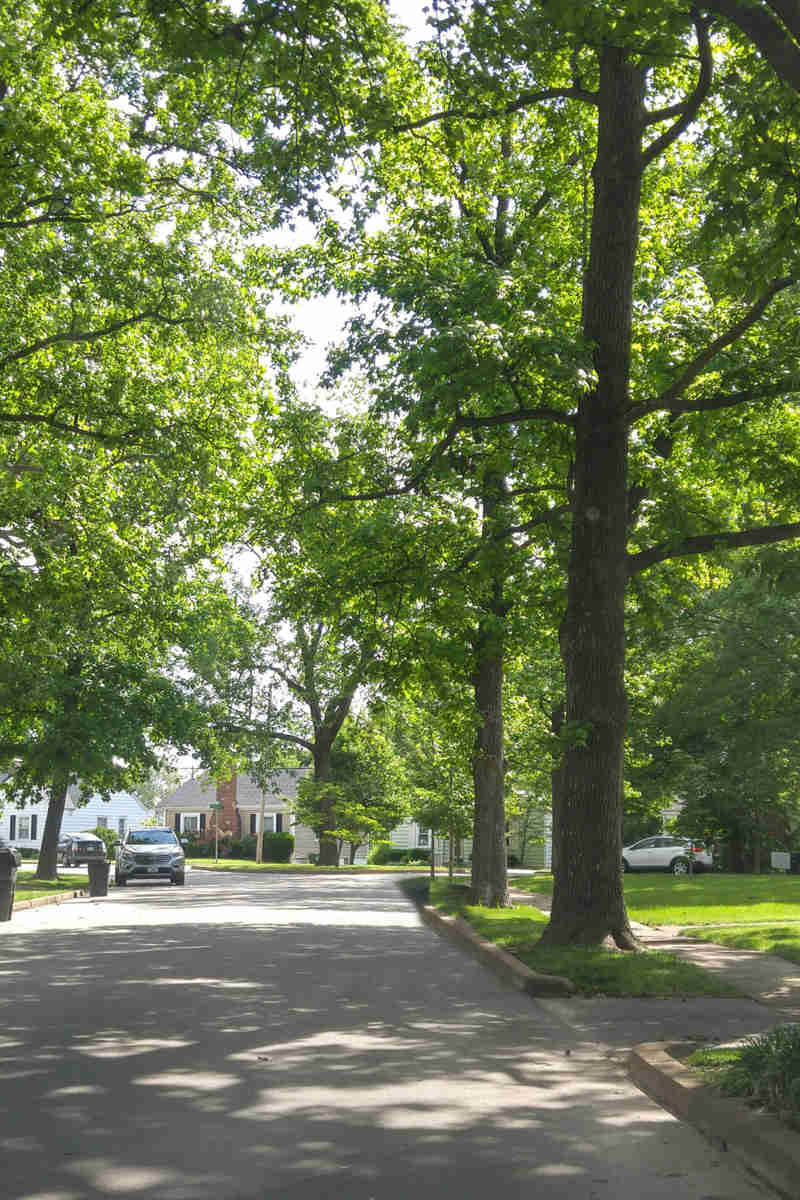Even though the cold winter temperatures can make you think less about the outdoors, ignoring your commercial grounds at this time is the last thing you want to do.
There are a slew of maintenance must-dos that can help refresh your landscape so it looks tidy during the darkest and grayest time of year. The tasks can also better prepare your grounds for spring and summer growth.
Let’s look at how to prepare your commercial landscape for winter based on your specific region so you can benefit from these results throughout the season.
Commercial Landscape Winter Tips for the Northeast & Midwest Regions
In the Northeast and Midwest, winter has a different curb appeal than autumn.
The fall season brings its own range of colors to make a commercial property look warm and inviting. But preparing your landscaping for winter and making your site look appealing takes some different tactics.
Dormant Pruning
Pruning trees and shrubs on your commercial property will vary based on species, but your purpose of pruning can also influence timing.
Throughout the year, you can always prune as necessary, such as when there’s a dead branch or a hanging branch that could cause a safety hazard. But heavier pruning is best done when deciduous trees are dormant.
Dormant pruning is best done from late November through mid-March. This timing is after the leaves have fallen off the trees and the temperatures are consistently cold but before spring thawing and budding. This is also ideal oak tree pruning timing, which is between Nov. 1 and March 31 in order to avoid spreading oak wilt disease, which is most active from April to July.
Protect Plants from Winter Weather Conditions
In the Northeast and Midwest, heavy snow and ice damage on trees, as well as moisture loss, can take their toll on your commercial property’s trees and shrubs.
To protect them, gently wrap sensitive plant material in burlap or cheesecloth to ensure heavy ice and snow don’t break branches. To reduce moisture loss as a result of evaporation, an antidesiccant application can provide a protective coating on your evergreen foliage.
Add a Pop of Color
Winter doesn’t have to be completely void of color. You just have to know which kind of plants provide great hues for winter interest.
For USDA hardiness zones 3 to 7, some of your best options are winterberry holly with its bright, red berries; witch hazel (Hamamelis) that retains some leaves adding some texture; corkscrew willow (Salix) with its twisted and contorted branches; yellow- or red-twig dogwoods that provide colorful branches that pop against the snow; and snowdrop (Galanthus) that blooms in early spring pushing flowers through the snow.
Commercial Landscape Winter Weather Tips for the West & Southwest Regions
If you live in the West or Southwestern U.S., you face some unique landscape challenges.
Monitoring weather conditions, particularly with the lingering drought, is important. You’ll need to water during extended dry periods without precipitation . However, be aware of any local watering restrictions.
Here are some other winter landscape tips for these regions.
Dormant Pruning
Pruning trees in the West and Southwest is best done in late winter – December through February. This allows your trees to burst with fresh new growth come spring and avoid accidentally removing buds and losing flowers in spring.
This is true for trees and shrubs that bloom on new growth. Trees and shrubs that bloom on old growth should be pruned after flowers have faded.
Protect Plants from Winter Weather Conditions
Preparing your commercial landscaping for winter is important for plants in any climate, particularly in the West and Southwest where some plants may not be used to weather extremes.
Hard freezes, for instance, can damage sago plants. You can protect them from winter freezes by covering them with cheesecloth.
Add a Pop of Color
While the West and Southwest may not get covered with blankets of snow in many areas, there are still ways to boost winter interest on your commercial property by selecting the right plants.
Plants that do well in winter in USDA zones 7 to 9 and add some good color variation include nandina with its fiery red and burgundy winter foliage; variegated liriope, which maintains its foliage through cooler months; holly and barberry that provide berries in the winter; abelia which holds onto its glossy leaves; muhly grass that boasts pink plumes; pansies that add bright blooms; heathers that offer small flowers with plenty of color; dusty miller which brings soft, silvery leaves; camellia that offers big, beautiful winter blooms; ornamental quince that offers stunning, fragrant flowers in late winter; and winter jasmine that has small, buttercup-yellow flowers in late winter.
Commercial Landscape Winter Tips for the Southeast Regions
Sure, you might think the Southeast doesn’t experience winter, but the weather does change enough to alter your commercial landscape plans.
Preparing your commercial landscaping for winter can keep your property lush throughout the year.
Dormant Pruning
Even during the Southeast’s mild winter, many plants will go dormant. This makes winter the perfect season for dormant pruning to ensure your trees and shrubs are ready to flourish in spring and summer.
There are also fewer insects during winter, so this makes it an ideal time for oak tree pruning to prevent the spread of oak wilt disease.
Protect Plants from Winter Weather Conditions
The plants that need the most winter protection in the Southeast are annuals.
Use cheesecloth to protect annuals from winter dieback and protect against cold snaps.
Add a Pop of Color
While Southeast landscapes don’t have to go all winter without seeing some color, there are ways to brighten up the season.
Seasonal annuals are particularly useful for bringing holiday color to commercial landscapes during the winter months, like petunias, Angelonia, and snapdragon.
Start Planning for Spring
It’s never too early to start thinking about spring when growth surges and color wows on your commercial property. Here are some things you can do during your winter landscaping maintenance to stay ahead of spring.
- Look at your trees and shrubs using a plant health care approach, combining preventive and therapeutic treatments so they can thrive.
- Fertilize once the ground thaws for the Northeast and Midwest regions
- Add a fresh layer of mulch in spring to keep weeds at bay and give your commercial facility landscape beds an instant facelift.
- Renovate any turf that suffered from repetitive snow piles and salt (seen note above)
- Plan to enhance or renovate landscape beds that are overgrown or outdated.
Identify any safety concerns with broken or loose tree limbs on your commercial property; repairing them before spring ensures you can focus on planting once the weather is prime for it.



